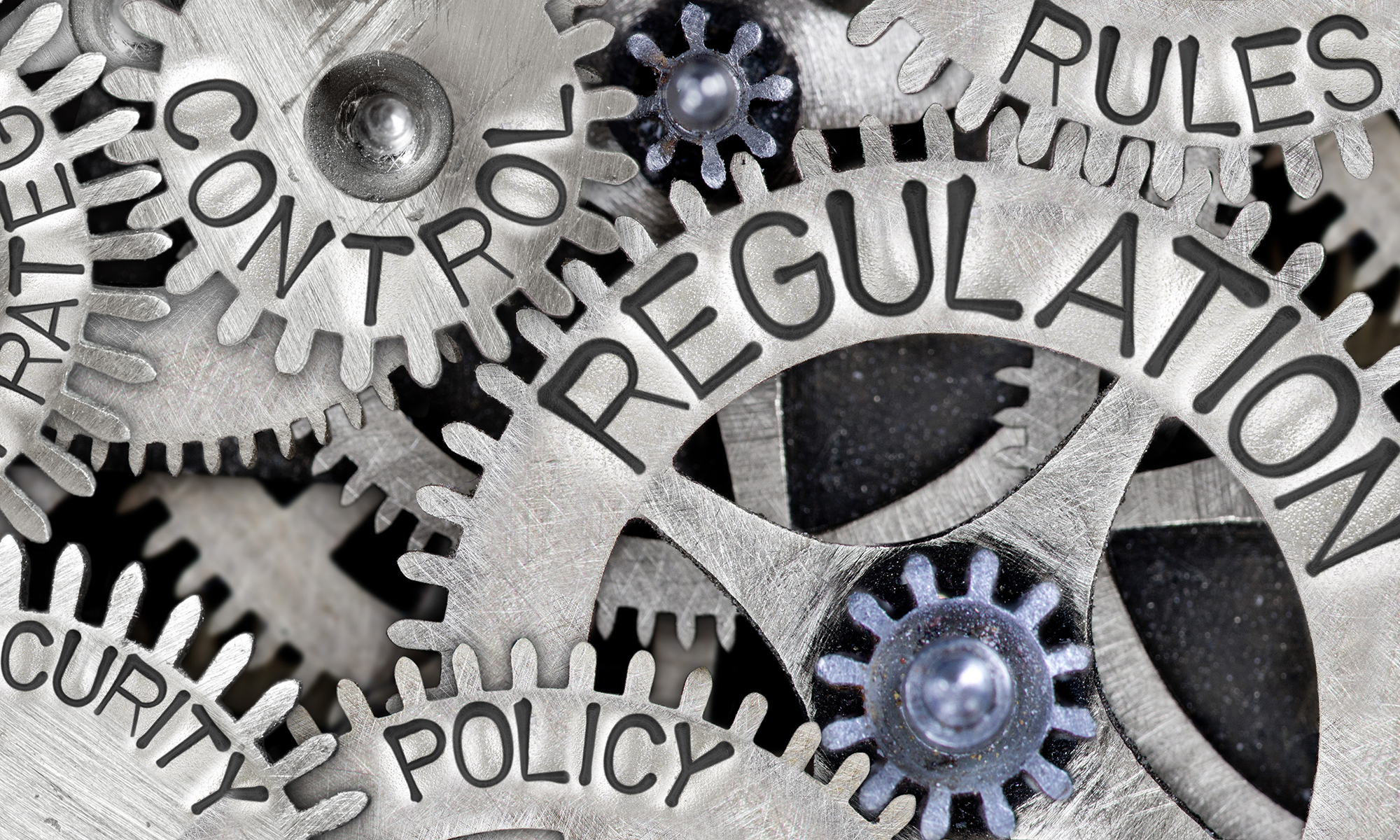On June 22, 2020, the U.S. Department of Education published an electronic announcement reminding institutions of higher education of their mandatory reporting obligations under Section 117 of the Higher Education Act (“Section 117”) (20 U.S.C. § 1011f) and launched a new reporting portal to streamline the mandatory reporting process: https://partners.ed.gov/ForeignGifts.
Secretary DeVos has explained that foreign gift reporting under Section 117 is essential to the “transparency and accountability” necessary to “protect academic freedom and our country’s national security and economic future.”
The Department has at least ten ongoing investigations of major universities underway regarding Section 117 compliance, and more are expected. With this clear signal from the Department that this is a significant enforcement priority, colleges and universities should evaluate their past and current disclosures, past and current interpretation of Section 117 requirements, and make determinations about the extent of any additional reporting required or recommended.
Section 117 requires institutions of higher education to disclose to the U.S. Department of Education information about ownership and control by foreign sources, contracts with foreign sources, and gifts from foreign sources. The reporting obligation applies to any institution, public or private, or, if a multi-campus institution, any single campus of such institution, in any State, that is legally authorized within such State to provide a program of education beyond secondary school, that provides a program for which the institution awards a bachelor’s degree (or provides not less than a two-year program which is acceptable for full credit toward such a degree) or more advanced degrees, and is accredited by a nationally recognized accrediting agency or association and to which institution Federal financial assistance is extended (directly or indirectly through another entity or person), or which institution receives support from the extension of Federal financial assistance to any of the institution’s subunits.
Institutions that are owned or controlled by a foreign source must file two disclosure reports per year—one no later than January 31 and the other no later than July 31. All other institutions that receive a gift from or enter into a contract with a foreign source, the value of which is $250,000 or more, considered alone or in combination with all other gifts from or contracts with that foreign source within a calendar year, must file a disclosure report no later than January 31 or July 31, whichever is sooner.
The announcement makes clear that foreign gift reporting is considered by the Department to be an “information collection” process subject to 18 U.S.C. § 1001, which provides that whoever knowingly and willfully falsifies, conceals, or covers up by any trick, scheme, or device a material fact; makes any materially false, fictitious, or fraudulent statement or representation; or makes or uses any false writing or document knowing the same to contain any materially false, fictitious, or fraudulent statement or entry, may be subject to fines and imprisonment.
The Department also states that if an institution fails to report as required, the Secretary may request that the Department of Justice initiate a civil action in federal district court.
The Electronic Announcement is available at: https://ifap.ed.gov/electronic-announcements/062220ReminderRprtOwnerContrlContrctsGiftsForeignSrc
